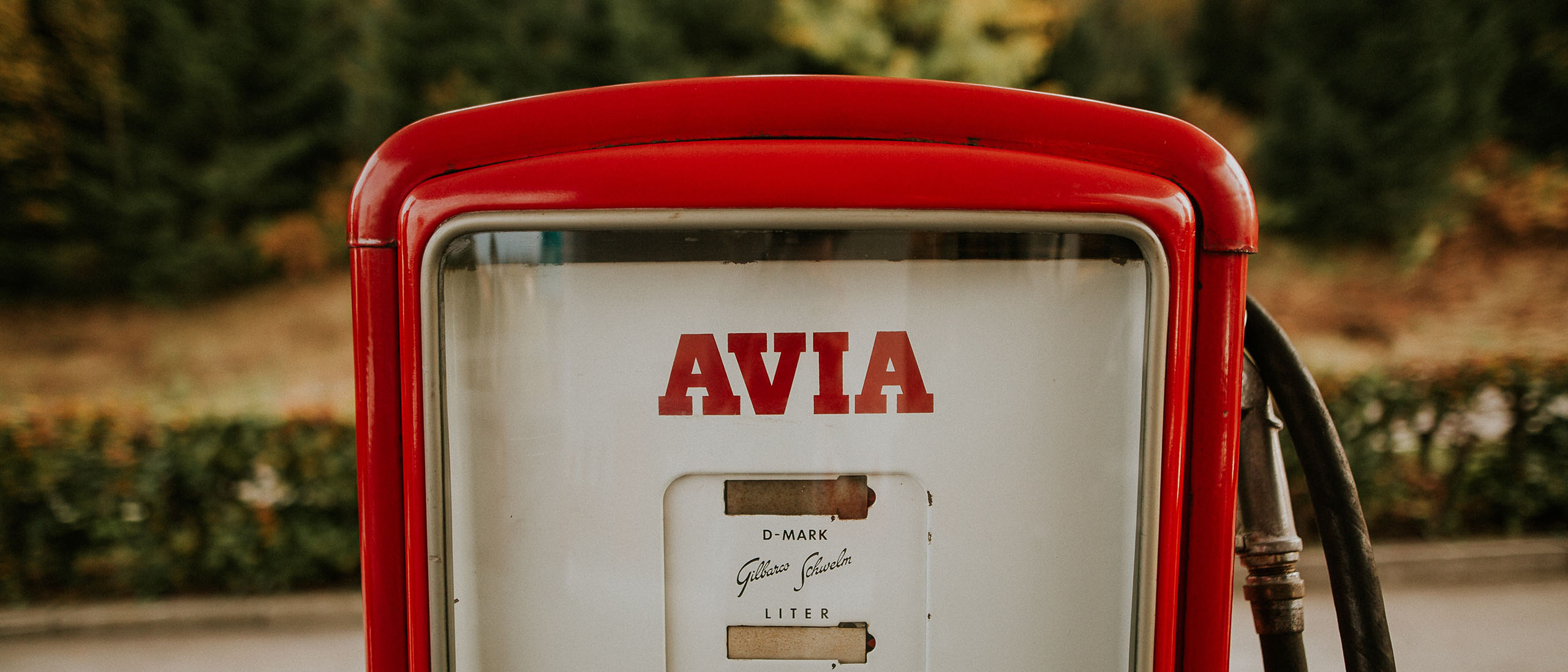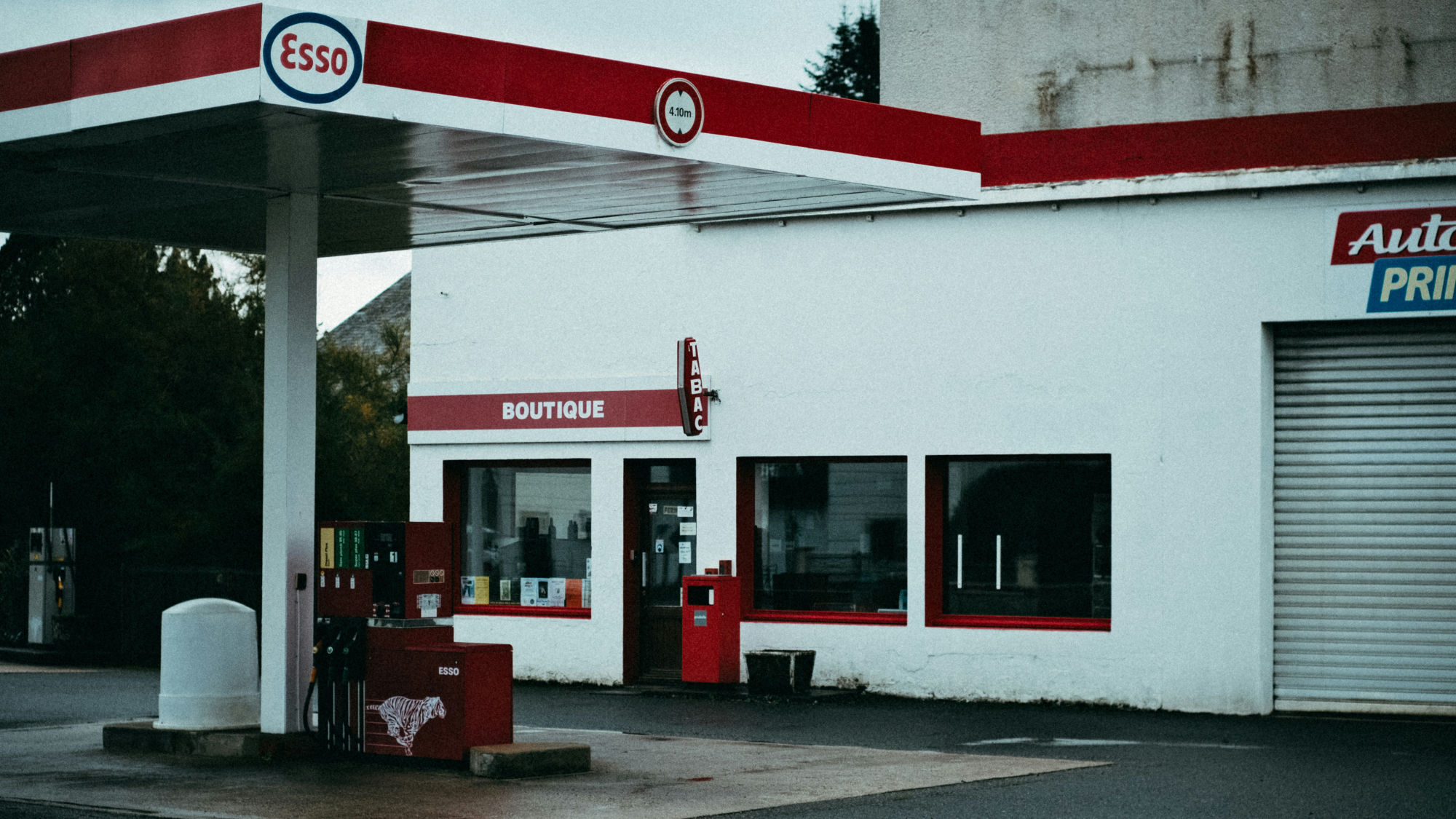Fuel Prices Europe - October 2025

Fuel costs are an important part of daily life for millions of people across Europe. Whether you are a commuter driving to work, a business owner managing a fleet of vehicles, or a traveler planning a road trip across different countries, the price of gasoline, diesel, and LPG can significantly influence your budget. The European fuel market is dynamic and highly dependent on global oil trends, taxation policies, supply chains, and local economic conditions. As a result, prices vary not only from one day to another but also from country to country. Keeping track of these differences is essential for informed decisions, and that is exactly what this page provides: a clear and up-to-date overview of fuel prices across Europe.
Check out the current Fuel Prices Europe here
Every day, we monitor and display the average costs of gasoline (petrol), diesel, and LPG in European countries. This information is particularly valuable for drivers who frequently cross borders, as the price gap between neighboring nations can sometimes be considerable. For example, countries such as Bulgaria, Poland, and Malta generally offer some of the lowest prices in Europe, while nations like Denmark, Finland, and the Netherlands are consistently among the most expensive. These differences are often the result of varying fuel taxes, environmental regulations, and national energy policies.
For many people, even a small change in fuel price can have a noticeable effect on household spending. In countries where driving remains the primary form of transportation, keeping an eye on daily fluctuations can help drivers plan their refueling more efficiently. Businesses in the logistics and transport industries also benefit from monitoring fuel prices, as these costs directly impact competitiveness and profitability. By having access to reliable data, both private individuals and companies can make smarter choices.
The European fuel market is influenced by several key factors. The global price of crude oil plays the largest role, but local taxation levels often determine the final price paid at the pump. Exchange rates, refinery costs, and distribution networks also contribute to national price differences. Furthermore, governments sometimes intervene with subsidies or price caps, especially during periods of economic difficulty or energy crisis. This means that two countries situated next to each other can display very different prices, even if they rely on similar sources of crude oil.
In addition to gasoline and diesel, LPG (liquefied petroleum gas) is an increasingly important alternative fuel in many parts of Europe. LPG is usually cheaper than conventional fuels, and in some countries such as Poland, Bulgaria, and Latvia, it plays a significant role in everyday transport. For drivers of LPG-powered vehicles, knowing where fuel is affordable is crucial, and this page ensures they have easy access to that data.
By presenting daily updated prices, our goal is to offer transparency and convenience. The table below shows the current average prices in a wide selection of European countries, covering everything from Austria and Belgium to Spain and Sweden. With this information at your fingertips, you can compare, plan, and optimize your travel or business costs. Whether you are looking to save money on your next long-distance journey or simply want to stay informed about fuel trends, this page is designed to be your trusted reference.


